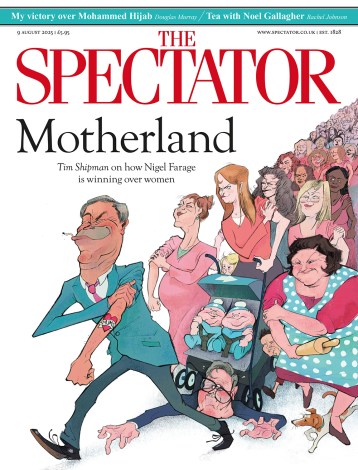Paradise lost
‘Jamaican history’, wrote Karl Marx, ‘is characteristic of the beastliness of a true Englishman’. In The Dead Yard, Ian Thomson laments the consequences, with the grim conclusion that the British planters cast Jamaica aside like a sucked orange once they had exploited their estates. Having shaped Jamaica’s past for good or ill, Britain has not
